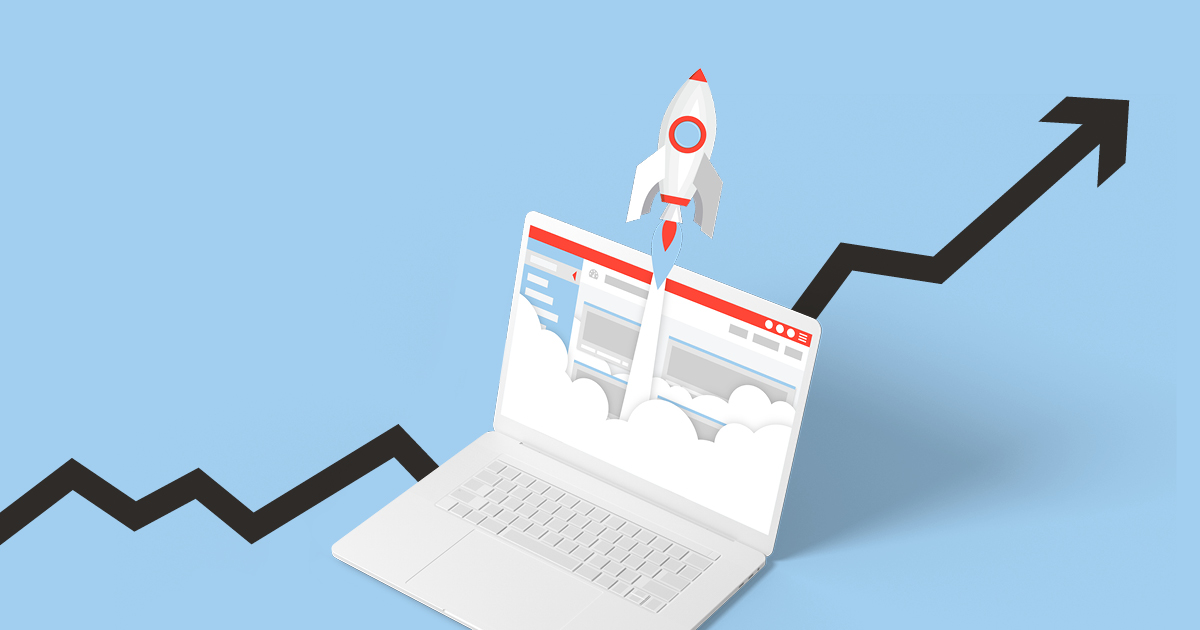Multiple learning portals, one system

Multi-tenancy LMS solutions
Here we look at multi-tenancy LMS solutions. What is a multi-tenant LMS? What types of organisations require a learning platform offering multi-tenancy? Learn how to maximise the effectiveness of training delivery across diverse groups of learners.
Curious to see how a multi-tenant LMS can benefit your organisation? Discover the imc Learning Suite, a robust platform designed to maximise the effectiveness of your training programmes across varied learner groups.
What is multi-tenancy?
In the field of software, the term multi-tenancy refers to a single application shared by multiple user groups. Each group experiences their own, individualised working environment.
Each ‘tenant’ is a group of users that shares certain common features with other tenants. However, they may have certain design elements, layouts and privileges that are unique to their group.
A useful analogy is a block of flats. The building has a shared entrance, lifts and stairways, but each tenant has their own, self-contained flat. The tenant can choose their own appliances, furniture and interior design/decor.
What is a multi-tenancy LMS?
A multi-tenancy LMS is a single learning management system instance that serves various learner groups with differing training needs giving you a flexible LMS configuration. This may take a range of potential forms, depending on your organisational needs, and could include:
- Different departments across a large organisation. For example, you may have separate learning environments for Sales and Manufacturing teams because their training needs are so different.
- Local offices across different locations - even multiple countries, allowing localisation or translation of training content
- External partners - you can create tailored learning platforms for groups outside your own organisation, including suppliers, distributors and channel sales partners. This type of partner training is known as Extended Enterprise Learning.
- A specialist training company, delivering any number of client-branded learning environments, or even using ecommerce to sell courses online.
Your organisation-wide L&D team can control what content and features are rolled out to all tenants, and what is managed within each individual group.

Benefits of a multi-tenant LMS
The benefits of multi-tenant LMS vs a standard learning platform are numerous, but the overarching themes are efficiency and flexibility. Here are some of the elements that L&D managers and business leaders are looking to achieve when they choose multi-tenancy:
Cost reduction
When you need to segment the learning experience across departments, it has been common in the past for each one to have their own LMS. A multi-tenancy LMS offers economies of scale. It allows each department to share the cost of the core platform and any common content, features, and system upgrades.
Knowledge and resource sharing
When every department operates in completely distinct silos, there is less functionality and visibility between them to facilitate resource and knowledge sharing. A multi-tenant LMS makes it easy for the central administration team to share it across more or all departments.
Departmental and centralised analytics
With multi-tenancy, you can drill into course and learner analytics at the departmental and group-wide level. This can help you to identify and address training needs and weaknesses among certain types of user. It also helps you avoid overall learner data getting skewed by one or two outlier groups.
Speed of implementation
When something changes that affects several or all of your teams, it can be much faster to roll out from central management. That way, they can influence all of those learning management systems in one hit.
For example, new legislation like GDPR could affect all departments. Managing relevant training from a central location, while allowing it to be customised if and where needed, can greatly quicken roll out.
Brandability
Whatever the training needs of a certain learner cohort, a multi-brand LMS enables each group to make their LMS feel like home.
Whether it’s for external clients to have their own company branding or internal teams who just want to customise it to their preferred style. A branded LMS can enhance user acceptance and in turn, improve compliance, engagement and learning outcomes.

Why an imc learning management system?
Founded in Germany, imc is one of the world’s leading elearning and LMS providers, with offices and clients across the globe. With a diverse, international presence, we understand the needs of companies that need to train dispersed and diverse audiences. We combine some of the sharpest technology minds with deep experience within L&D.
imc is trusted by well-known brands, including Vodafone, Deloitte, Sky, Daimler, BASF and many more to deliver on their elearning needs.
Many of our clients benefit from our ability to create and deliver powerful multi-tenancy solutions that work equally well in multiple languages, offline or online, on desktop or mobile.
With a huge, unique array of integrations made possible via APIs, we can help you to create a learning ecosystem that plays nicely with your existing training, HR, sales and other business systems. This allows you to plug seamlessly into 3rd party tools like Workday, Adobe, SAP, YouTube, Salesforce, and even ecommerce gateways like PayPal and Shopify if you want to sell elearning courses.
Whatever your internal staff or external partner training needs, imc can help you to create a multi-tenancy LMS solution to power your current and future learning.

How to train external audiences
It’s no secret that your internal team is your organisation’s greatest asset. However, you should bear in mind that it isn’t your only asset.

Business growth through L&D
Data suggests that when organisations spend USD 1,500 per employee per year on learning, they achieve improvements in profit margins of around 24%.